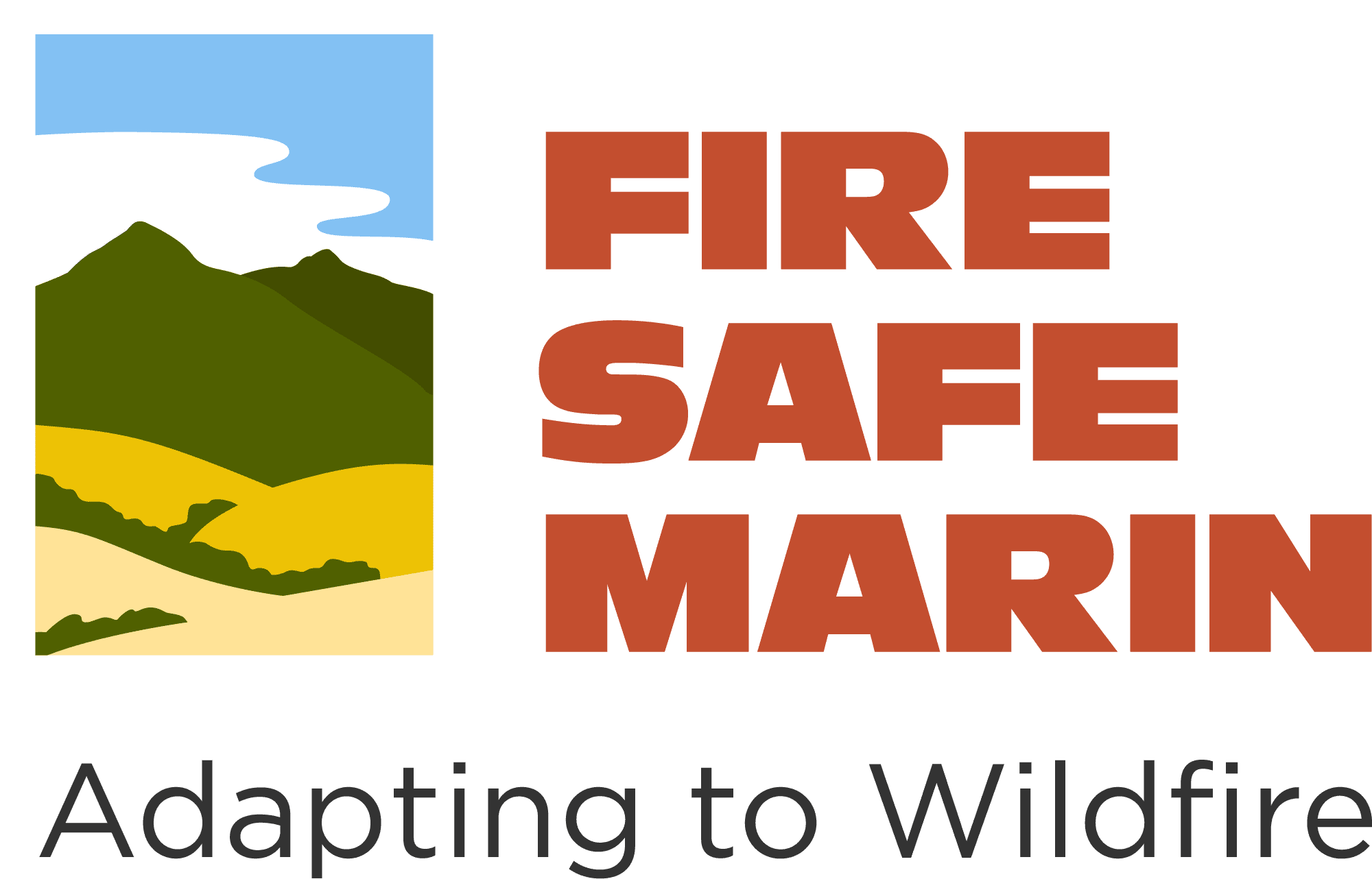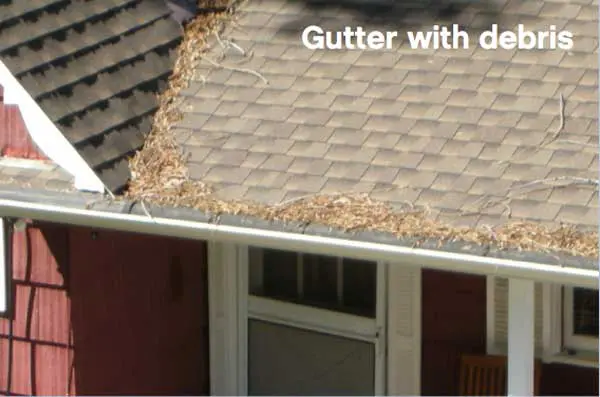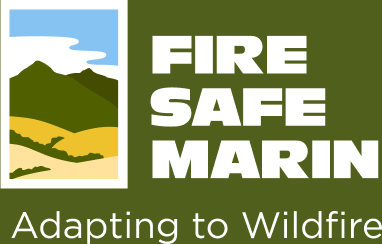This is Wildfire Preparedness Week. Follow our daily updates for an easy, step by step guide to protecting your home!
This week, Fire Safe Marin will provide a simple, 7 day guide to improving your home and family’s wildfire preparedness with simple, easy, inexpensive tips.
Day 1: Clean Your Roof and Rain Gutters!
The single most effective step you can take to protect your home TODAY is to clean all leaves, needles, and debris from your roof and rain gutters! The most vulnerable part of your home is typically the roof. Although Class “A” roof construction, required in most Marin jurisdictions for nearly 20 years, is more resistant to fire, even a small handful of leaves or needles can ignite your “fire resistant” roofing. Fire inspectors find that most homeowners do not properly maintain their roofs, leaving Marin’s neighborhoods vulnerable to wildfires.
Firefighters know that embers are the most important cause of home ignition. Research shows that two out of three homes destroyed during wildfires are ignited by wind-blown embers, and not from the actual flames of the fire. These embers can ignite and burn your home in several ways, and can travel as far as a mile from the main fire. By taking one hour today to clean your roof and gutters, you’ll have taken the first, and possibly the most significant step, towards protecting your home.
Roof and Gutter Cleaning Tips
- Be safe!
- Hire a professional if you are unsure or lack the proper tools. Some roofing materials can be damaged if you walk on them, and every roof poses a fall hazard.
- Always use a sturdy, well-footed ladder to reach your roof and gutters.
- Don’t clean your roof alone. Be sure there is someone with you, on the ground, to help when needed.
- Check your roof. Is it well maintained? Is the roofing made from a fire resistant (Class “A”) material like tile, composite shingles, or tar and gravel? It can be difficult to tell whether you have a Class “A” fire-rated roof, unless it’s made of an obviously noncombustible material, such as tile. If you are not sure about your roof, schedule a professional roof inspection to find out.
- Always keep your roof clean of debris. Clean it as often as necessary during fire season. Remember: even a tiny handful of leaves is enough to burn your home!
- Check your gutters. Metal gutters are safest, and all gutters must be maintained completely free of leaves, needles, and vegetation during fire season (and the rainy season too, or course). Like the rest of your roof, you may need to clean them more often during the summer if you live in an area where leaves are likely to fall onto your roof.
FIRE RESISTANT ROOFING
Regardless of the specific Class “A” roofing material that you choose, inspect it regularly, maintain it when necessary, and replace it when needed.
Here are some things to keep in mind when choosing a Class “A” roof covering:
- Many roof coverings have a Class “A” rating based only on the top/external part of the roof that you can see. Some common examples include asphalt composition fiberglass shingles, steel, and clay or concrete tiles. Asphalt composition shingles also can use organic fibers instead of fiberglass, which would result in a Class “C” fire rating.
- Other roof coverings obtain their Class “A” rating because additional materials are used in the roof assembly to enhance fire resistance. The assembly is the underneath part of the roof that you can see. These coverings are considered “Class ‘A’ by assembly.” Examples include aluminum, and some newer composite roofs made from recycled plastic and rubber materials, which require other layers of noncombustible materials to achieve a Class “A” rating. Wood shakes also are now available with pressure-impregnated, exterior-rated, fire-retardant chemicals that provide a Class “B” fire rating, and a “Class ‘A’ by assembly.”
- It is important to note that most roofing products and assemblies are tested with new materials when they receive their rating. One exception is wood shakes, which are subjected to a natural weathering protocol prior to roof fire testing. One important thing to note is that over time as the products weather, both wood shake and shingle roofs may become more vulnerable to fire.
Fire Safe Marin has extensive resources online to help you choose and maintain a fire resistant roof.
Check back tomorrow for step two in our one week wildfire preparedness crash course!








